Mesh networking and people power
Bethany Wheatley | 16 octobre 2014
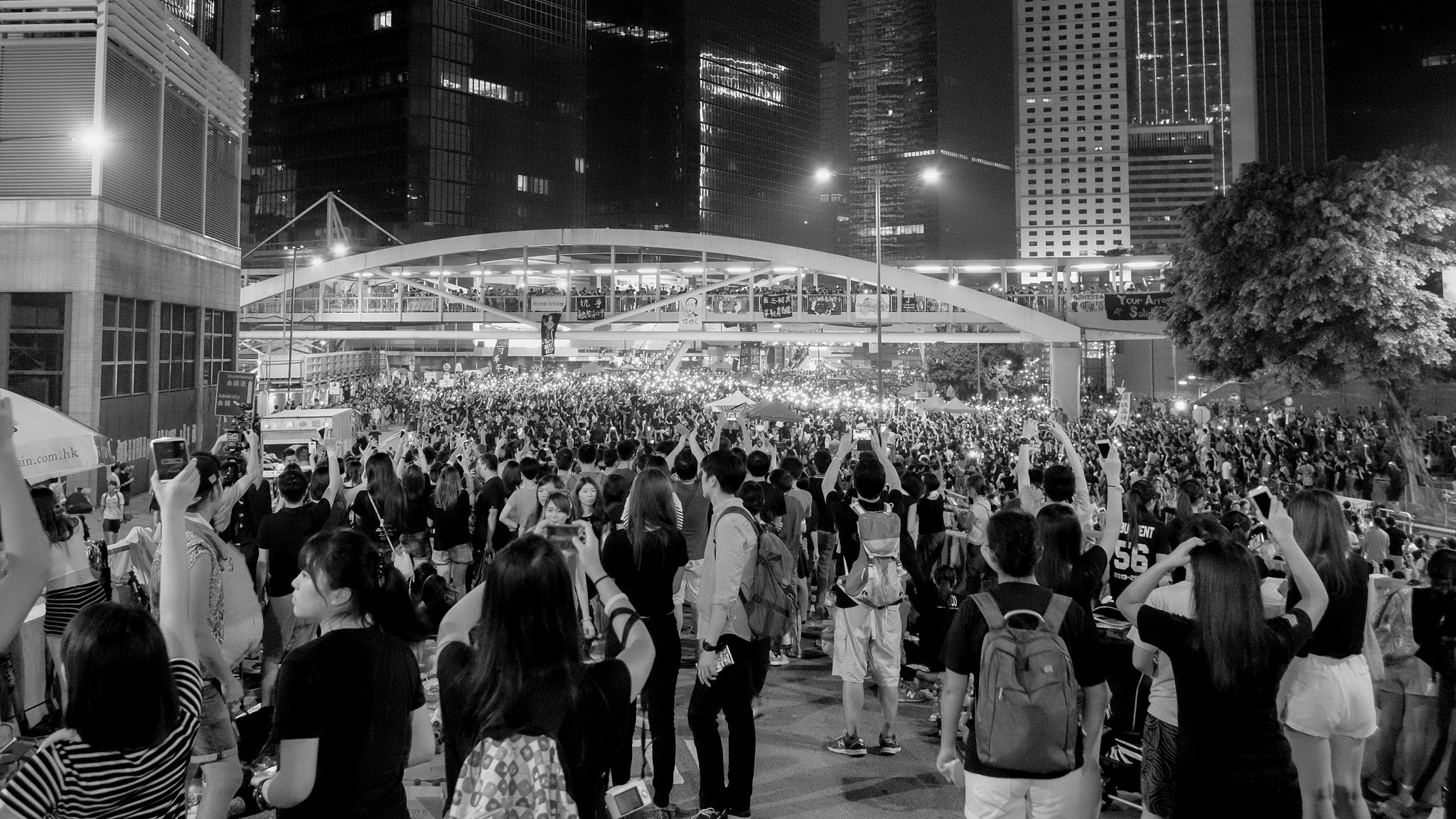 Mesh networking and people power
Mesh networking and people power
We often take digital communication for granted. But what happens when access to the Internet becomes limited, either because so many people are using it at once or through deliberate blocking?
Digital communication is something I often take for granted, and you probably do, too. I’d bet most people you know have a smart phone; even if they don’t, they almost certainly have easy access to the Internet, messaging services and social media.
But what happens when access to the Internet becomes limited, either because so many people are using it at once or through deliberate blocking? That’s exactly what happened in Hong Kong recently during the pro-democracy student protests. The Chinese government has blocked any reports of the protests in mainland China, as well as many social media sites. Though they haven’t entirely blocked access in Hong Kong, the network is very slow because so many people are trying to communicate, both with each other and the rest of the world.
It’s in situations like this where mesh networking app FireChat comes into it’s own. The Internet as we know it is built around huge centralised hubs, meaning it is very easy to disrupt and control. Mesh networking connects users directly to one another (peer-to-peer), ultimately creating a stronger, more stable network that is much more difficult to dominate.
FireChat works via a phone’s Bluetooth and Wi-Fi connections, meaning that as more people in a local area use it (within 70 metres of a device running the app), the better the connectivity. Users converse in chatrooms – locally, or globally if connected to the Internet – where everything you say is public. And it was downloaded over 100,000 times in 24 hours in Hong Kong.
Because FireChat allows off-grid usage, none of these messages are routed through Open Garden’s servers, which also means the Chinese government is blind to conversations happening between directly connected devices. Protesters in Hong Kong have been using it to organise supplies, request reinforcements and pass information to each other across the miles long protest site, while people across the world have been requesting live updates from the protesters.
The pro-democracy protest in Hong Kong has brought FireChat to a wider audience and it will be fascinating to watch how it’s used in the coming months. It definitely presents unprecedented opportunities for connecting rural and poor communities, particularly in the developing world. And the implications for political campaigning are interesting.
Bluetooth transmitters are already used to push advertising to devices within a certain range, and this type of broadcast could be used, for example, to remind people to vote on Election Day. If, however, enough people begin to use FireChat, it’s conceivable that a campaign could post to a chatroom that their candidate is in the area and encourage people to join a rally, go doorknocking, or leaflet locally.
As FireChat and mesh networking become more mainstream, businesses and politicians will adapt and move their campaigns into these spaces. For now, it’s still mostly limited to protesters and the attendees of Burning Man…
Crédit photo : Edmond Chung



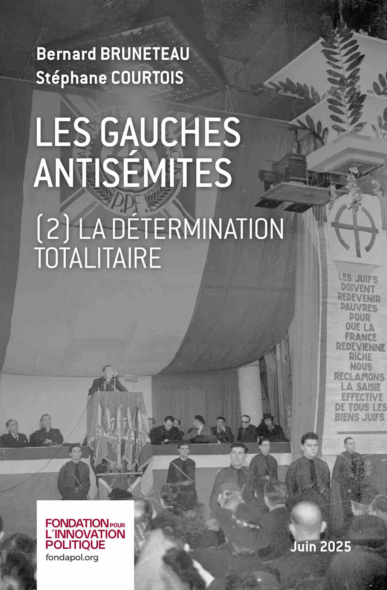
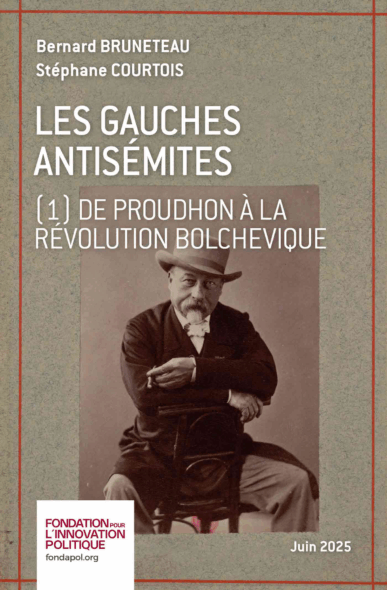

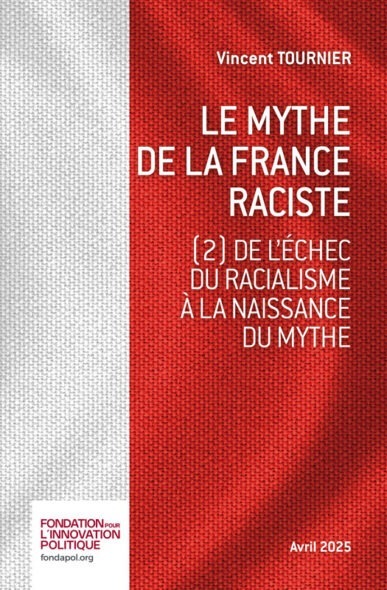

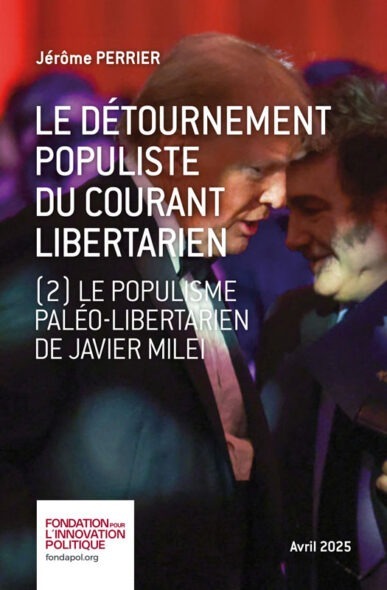
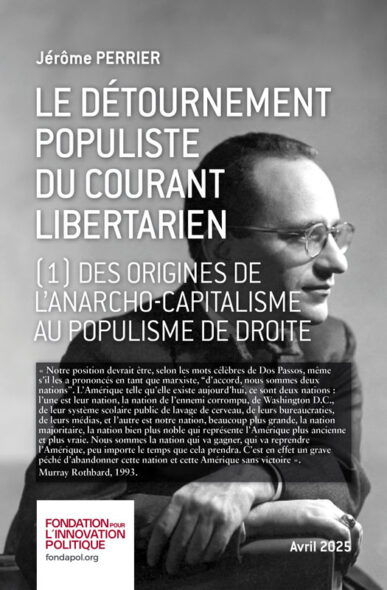
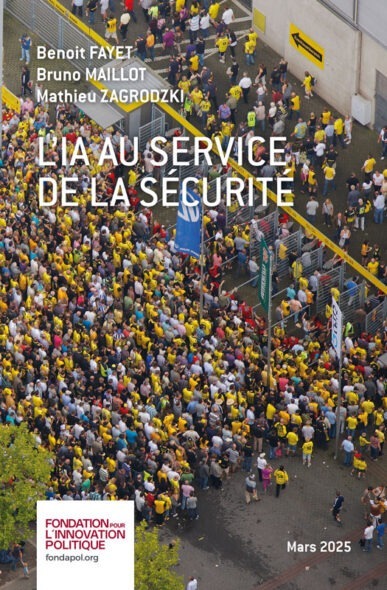
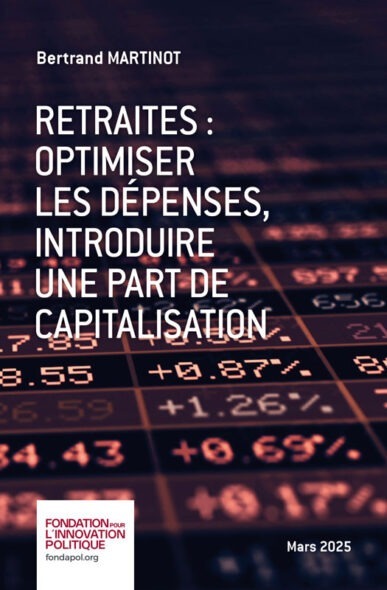
Aucun commentaire.